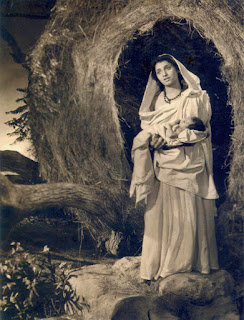Raoul Chareun (Cagliari, 1889 – Milan, 1949) was a painter, illustrator and graphic designer known by the pseudonym of Primo Sinòpico. He spent the first years of his career in Padua, working as a cartoonist and caricaturist. Later he moved to Milan where he graduated at the Brera Academy in 1917 and worked as an illustrator for children books and for the major illustrated Italian magazines. He participated in the "Novecento" artistic movement. Sinòpico exhibited his works of art at the Venice Art Biennale and at the Rome Quadriennale.
1. Mineral waters, "La Medicina Italiana", Milan, 1919.
2. Advertising postcard for the magazine "Natura", Milan, 1929.
3. The agricultural machines, "L'Agricoltura Italiana illustrata", Milan, 1919.
4. The pastoralism, "L'Agricoltura Italiana illustrata", Milan, 1918.
5. The aviculture, "L'alimentazione", Milan, 1918.
6. The preserved meats, "L'alimentazione", Milan, 1918.
7. Book cover for "Rititì" by Francesco Pastonchi, 1920.
8. Illustration for "La Fiamma Verde" (the Green Flame), n. 5, Anno I, Milan, 1919.
9. Bicycle lamps, illustration for "La Fiamma Verde" (the Green Flame), n. 12, Anno II, Milan, 1920.
10. Illustration for "La Fiamma Verde" (the Green Flame), n. 12, Anno II, Milan, 1920.
11. The citriculture "L'alimentazione", Milan, (1919-20).
12. Illustration for "La festa" (The feast) n. 7, Milan, 1919.
13. The foxtrot heroes (1921).
14. Cordial Campari (c. 1920).
15. Cover illustration for the magazine "Ardita - Rivista del Popolo d'Italia", Milan 1920.






























































